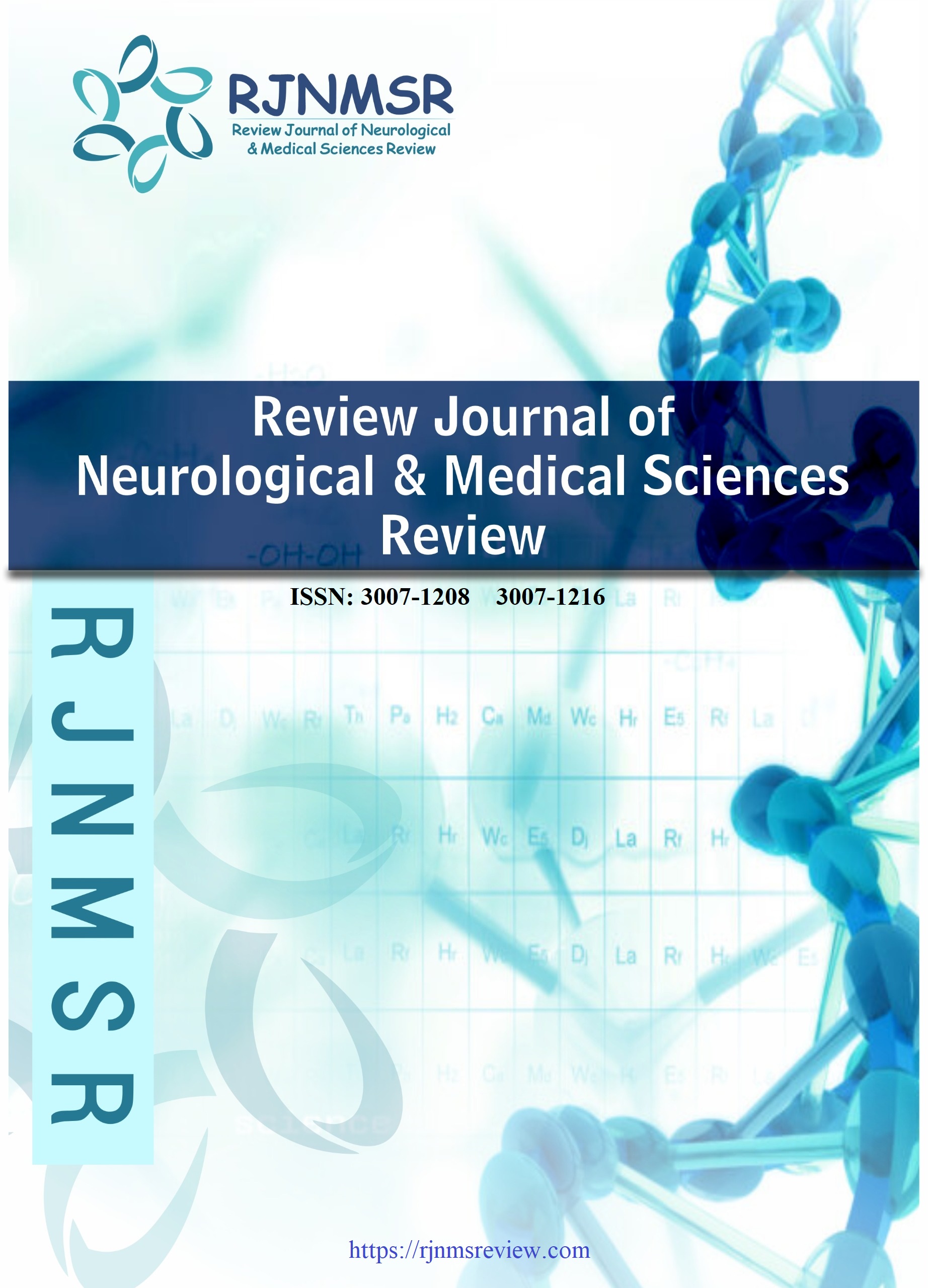PREVALENCE OF TEXT NECK SYNDROME AND ITS ASSOCIATION WITH SMARTPHONE USAGE AMONG SHOPKEEPERS IN KARACHI
DOI:
https://doi.org/10.63075/tf8apc43Keywords:
Text neck, Syndrome, Neck pain, Smartphone Addiction, Neck Disability, KarachiAbstract
Background Smartphone usage had led to text neck syndrome, a new clinical ailment linked to prolonged use in both upright and seated positions, indicating a potential health risk associated with prolonged smartphone usage. Objectives The study aimed to identify the frequency of text neck syndrome among shopkeepers in Karachi and to determine the relationship between smartphone users and TNS. Methods This research comprised a cross-sectional investigation carried out across six different markets located in Karachi, Pakistan, spanning a period of one year. The sample size was 334 participants, selected through non-probability convenience sampling. The outcome measures included SAS-SV questionnaire for smartphone addiction and NDI for evaluating cervical disability. Results The study encompassed 334 male shopkeepers in Karachi, revealing a high prevalence (70.3%) of text neck syndrome. Prolonged smartphone usage was significantly associated with increased neck pain, stiffness, and eye discomfort. Moreover, daily usage duration showed a positive association with both frequency and intensity of neck pain. Neck disability index scores positively correlated with neck position while using smartphones, indicating greater disability with improper posture. Recommendations for prevention and management were warranted based on these findings. Conclusion Excessive smartphone usage among Karachi shopkeepers contributed to text neck syndrome, causing neck pain and strain. Recommendations for shopkeepers included reducing screen time, maintaining proper posture, and utilizing speech-to-text software for prevention.Downloads
Published
2025-08-09
Issue
Section
Articles
How to Cite
PREVALENCE OF TEXT NECK SYNDROME AND ITS ASSOCIATION WITH SMARTPHONE USAGE AMONG SHOPKEEPERS IN KARACHI. (2025). Review Journal of Neurological & Medical Sciences Review, 3(4), 170-185. https://doi.org/10.63075/tf8apc43

